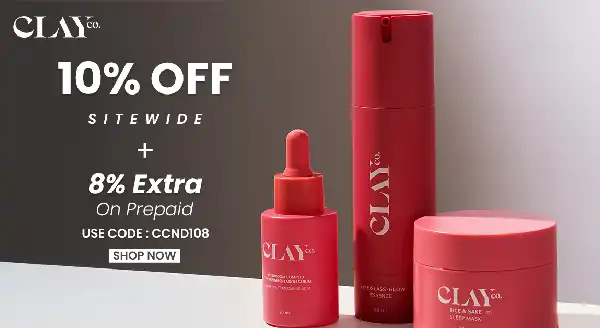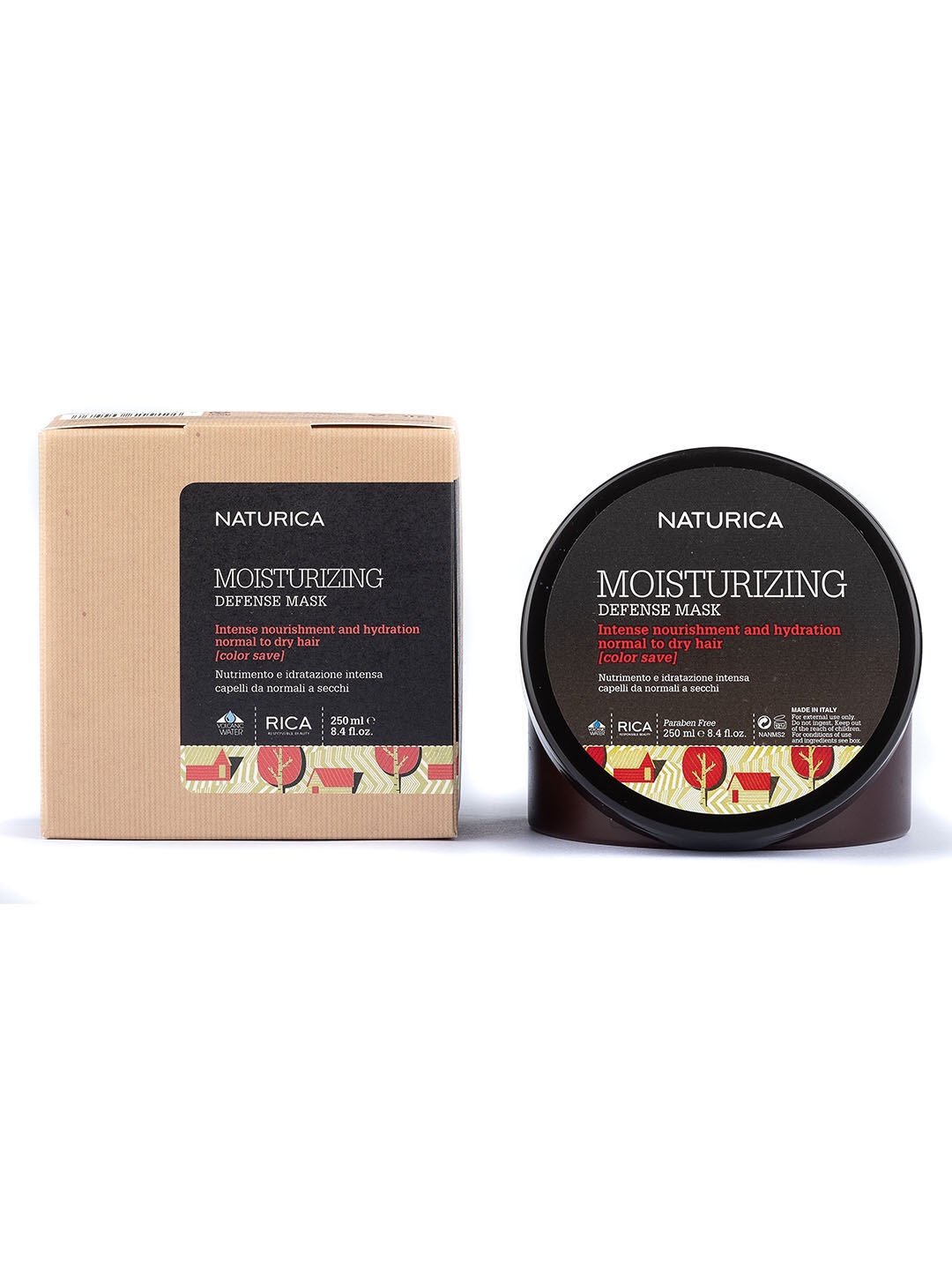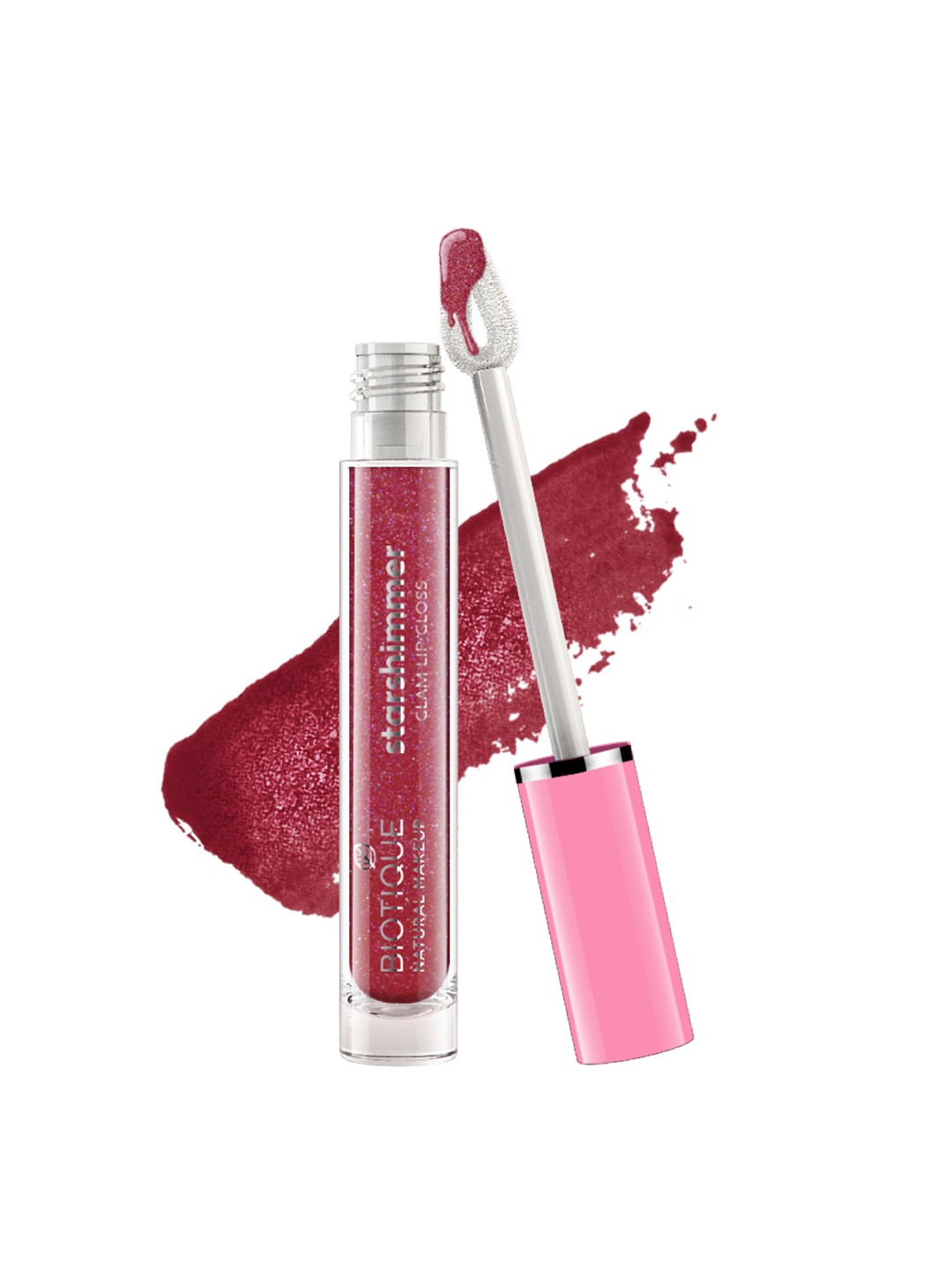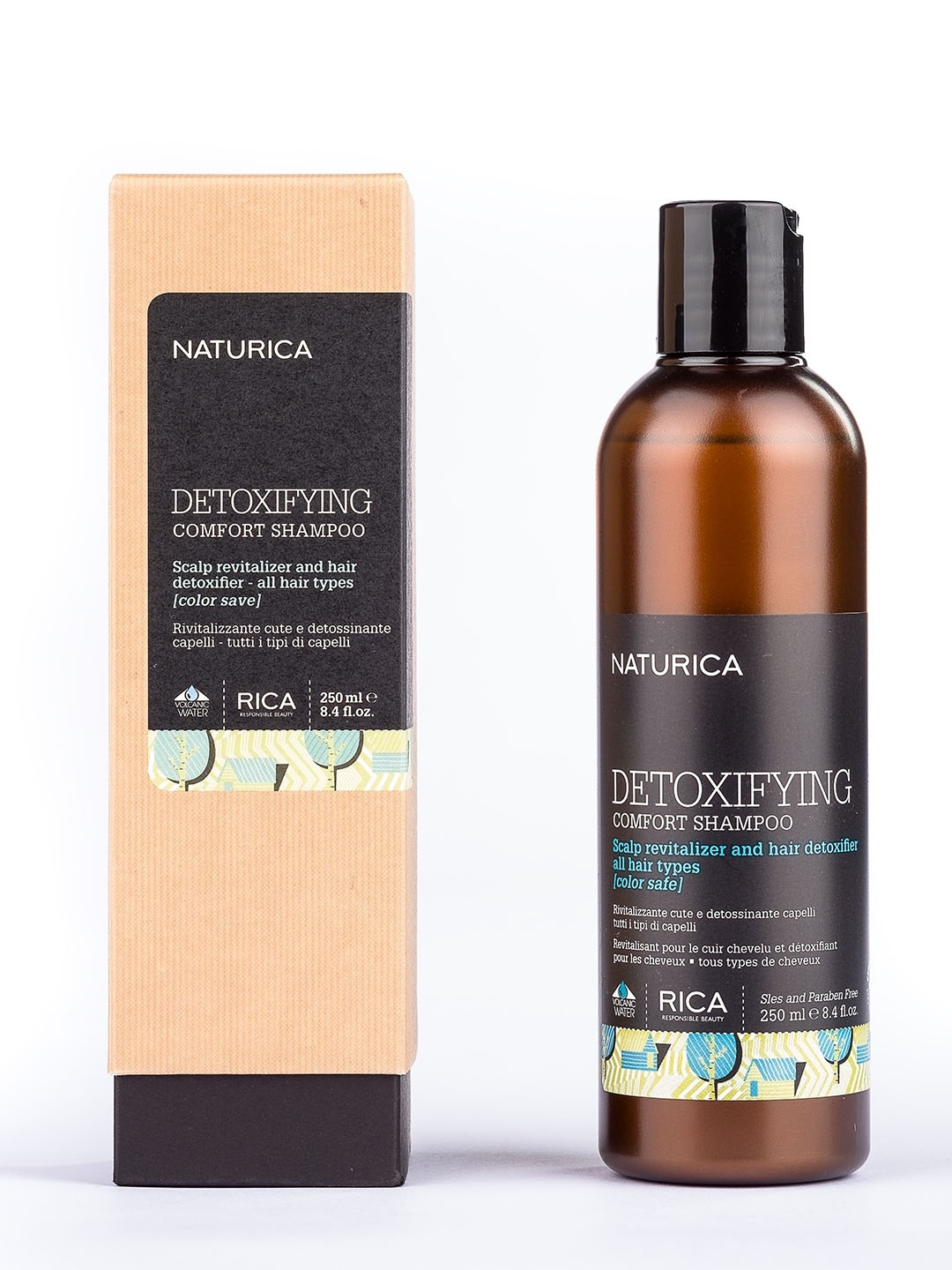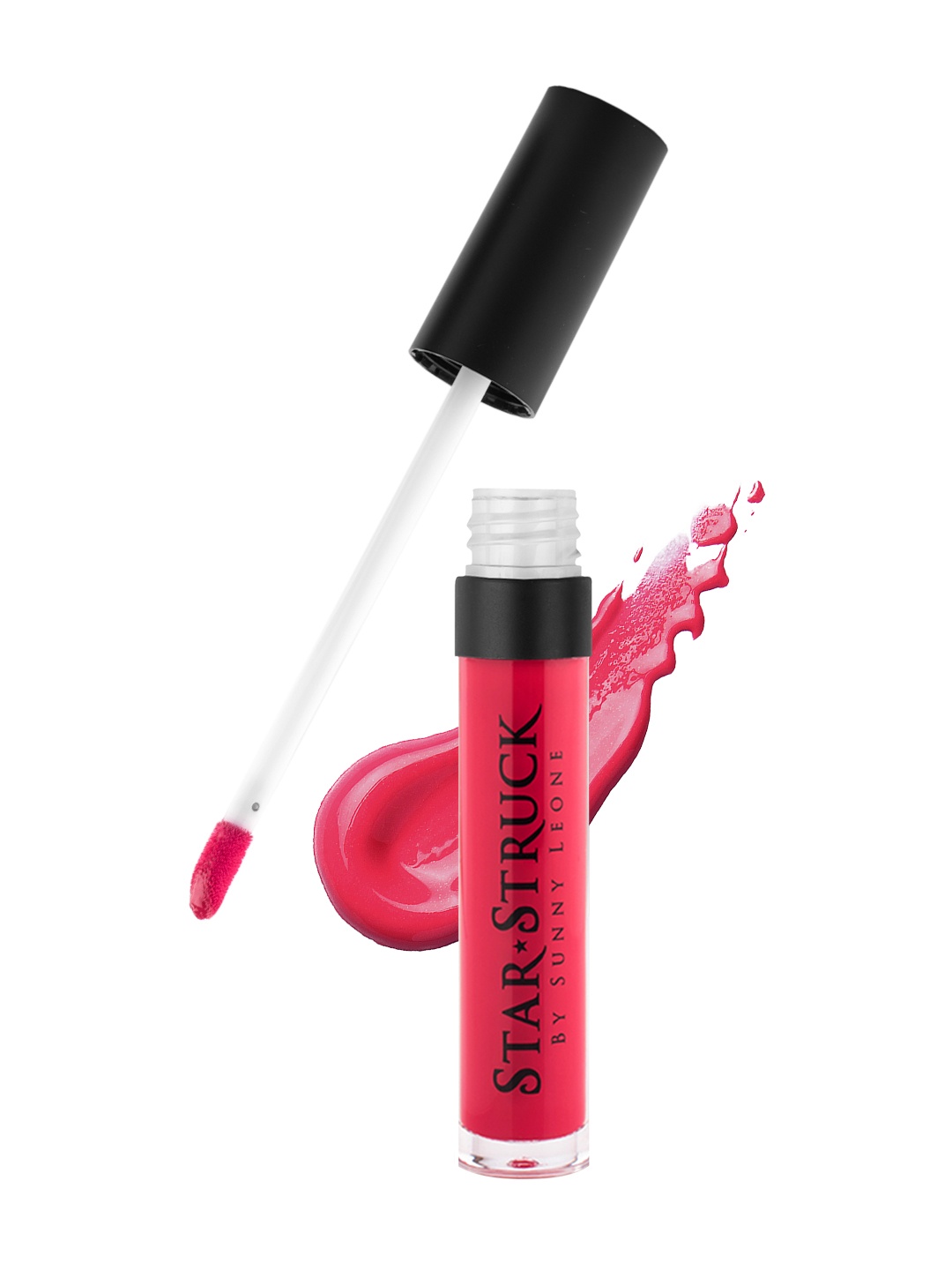Waterproof Or Non-Waterproof: Which Eyeliner Is Right For Everyday Use
Struggling to choose between waterproof and non-waterproof eyeliner? Discover the pros and cons of each, and find out which one suits your lifestyle, skin type, and makeup needs best.

Waterproof Or Non-Waterproof: Which Eyeliner Is Right For Everyday Use
When it comes to eyeliner, one of the most debated choices is whether to go waterproof or stick to the classic non-waterproof version. Both types have their merits, and your ideal choice often comes down to personal preference, lifestyle, and how much effort you're willing to invest in application and removal. Today, we'll break down the differences between waterproof and non-waterproof eyeliner, the benefits and drawbacks of each, and which might suit your needs best.
Understanding The Basics
Eyeliner is a key component in many make-up routines, whether you're after a subtle enhancement or a bold, dramatic effect. Available in pencil, gel, liquid and felt-tip forms, eyeliner defines the eyes and adds emphasis to your overall look.
The key difference between waterproof and non-waterproof eyeliner lies in its formulation. Waterproof eyeliners are designed to resist water, sweat, humidity, and tears. Non-waterproof variants, while often just as pigmented and easy to use, do not have the same staying power and can smudge or fade more easily.
The Case For Waterproof Eyeliner
1. Long-Lasting Wear
The most obvious benefit of waterproof eyeliner is its durability. It's made to stay in place all day, making it an ideal choice for long events, nights out, weddings, or hot and humid weather. If you've ever experienced your eyeliner transferring onto your eyelids or disappearing by midday, waterproof could be your best bet.
2. Smudge-Proof And Sweat-Proof
For those with oily skin or watery eyes, waterproof eyeliner can be a game-changer. It stays put through tears, rain, and even a light swim. Athletes or anyone leading an active lifestyle will appreciate how well waterproof liners hold up during workouts or outdoor activities.
3. Ideal For Precision
Waterproof formulas tend to dry quickly, which is useful if you're aiming for a sharp, winged liner that won't budge. Liquid waterproof eyeliners, in particular, offer excellent control for detailed work.
The Downsides Of Waterproof Eyeliner
1. Removal Can Be A Hassle
One of the main drawbacks of waterproof eyeliner is how difficult it can be to remove. You'll usually need an oil-based or bi-phase make-up remover to take it off completely, and even then it may require some effort. Scrubbing at your delicate eye area can lead to irritation or even lash loss over time.
2. Potential For Irritation
Because of the stronger ingredients used to achieve its lasting power, waterproof eyeliner can sometimes cause irritation, especially for those with sensitive skin or eyes. It's essential to choose a high-quality product and patch-test if you're trying a new brand.
3. Less Forgiving During Application
Since waterproof eyeliner dries quickly and is harder to correct, any mistakes during application can be trickier to fix. If you're not confident in your eyeliner skills, you may find it stressful to work with.
The Case For Non-Waterproof Eyeliner
1. Easier To Apply And Correct
Non-waterproof eyeliner is more forgiving. If you make a mistake, you can easily clean it up with a cotton bud or adjust the shape before it sets. This makes it a great option for beginners or for days when you're not in a rush.
2. Gentle On The Eyes
Because non-waterproof eyeliner is usually made with gentler ingredients, it's often better suited to those with sensitive eyes or contact lens wearers. It's less likely to cause dryness or stinging.
3. Simple Removal
Removing non-waterproof eyeliner is far simpler and doesn't typically require specialised products. A gentle micellar water or standard make-up remover usually does the trick, reducing the risk of tugging at the skin or damaging lashes.
The Downsides Of Non-Waterproof Eyeliner
1. Less Durable
Unfortunately, the convenience of easy removal comes at the cost of staying power. Non-waterproof eyeliner can smudge, especially if you rub your eyes or get caught in the rain. It's also more likely to fade throughout the day.
2. May Not Be Ideal For All Conditions
If you're attending an emotional event (like a wedding), spending the day outdoors, or going anywhere you might sweat, non-waterproof eyeliner might not last. It's best reserved for low-activity days or when you're mostly indoors.
How To Decide
Ask yourself the following when deciding between waterproof and non-waterproof eyeliner:
1. How long do I need my eyeliner to last?
For all-day wear without touch-ups, waterproof is often the better choice.
2. Am I prone to watery eyes or oily lids?
Waterproof formulas are less likely to budge in these conditions.
3. Do I have sensitive eyes or wear contact lenses?
A non-waterproof option might be gentler and more comfortable.
4. How confident am I with applying eyeliner?
If you're still practising your technique, non-waterproof gives you more room for error.
5. What's the weather like or what am I doing today?
For beach days or gym sessions, waterproof wins. For a lunch date or working from home, non-waterproof is probably sufficient.
Products Related To This Article
1. Lakme Smudge Proof And Waterproof Eyeconic Liquid
2. Maybelline New York Lasting Drama Gel Eyeliner
3. MARS Black Liquid Pen Eyeliner
4. Blue Heaven Black Get Bold Eyeliner
5. FACES CANADA Magneteyes Eyeliner
6. SUGAR POP Matte Finish Water-Resistant 24Hrs Smudge-Proof Pencil Eyeliner
7. SWISS BEAUTY Bold Eyes Liquid Eyeliner
8. ELLE 18 Black Out Water Resistant Eyeliner
9. Colorbar Precision Waterproof Liquid Eyeliner
10. Renee Holographic Long Lasting Eyeliner
Frequently Asked Questions (FAQs)
1. What's the main difference between waterproof and non-waterproof eyeliner?
Waterproof eyeliner is designed to resist water, sweat, and tears, making it more long-lasting and smudge-proof, while non-waterproof eyeliner is easier to apply and remove but may smudge or fade throughout the day.
2. Can waterproof eyeliner cause irritation or damage to my eyes?
Waterproof eyeliner can sometimes irritate, especially for those with sensitive eyes or skin. It may also require a stronger make-up remover to remove, which can be harsh on delicate areas around the eyes.
3. Is waterproof eyeliner suitable for sensitive skin?
It depends on the formulation. Some waterproof eyeliners are specially designed for sensitive skin, but others may contain ingredients that can irritate. It's best to patch-test before use and opt for hypoallergenic products if needed.
4. Can I wear non-waterproof eyeliner to the gym or during physical activities?
Non-waterproof eyeliner is more likely to smudge or fade when exposed to sweat or moisture, making it less ideal for activities like gym workouts. Waterproof eyeliner is better suited for these situations.
5. How do I remove waterproof eyeliner without damaging my skin?
To remove waterproof eyeliner, use an oil-based makeup remover or a bi-phase cleanser. Gently swipe with a cotton pad without rubbing too hard to avoid irritation or damage to the delicate skin around your eyes.
Ultimately, the choice between waterproof and non-waterproof eyeliner isn't black and white. Many people find that having both types in their makeup collection gives them the flexibility to choose based on the day's needs. Waterproof for occasions when performance matters, and non-waterproof for everyday wear and ease.
Whichever you choose, the quality of the product matters just as much as the formulation. Invest in a reputable brand, take care when applying, and always remove your make-up gently to protect your skin and eyes.











